About 4 million people left the GDR between 1949 and 1990. 1.35 million arrived at the Marienfelde refugee camp. This is where their journey out of the GDR ended and their journey into a new life began.
Marienfelde refugee camp
In 1953, the transit camp was built in Marienfelde, which became the central contact point for refugees and resettlers. At first, these were people from the GDR, but later people of German origin from Eastern Europe and countries of the Soviet Union also came to Berlin.
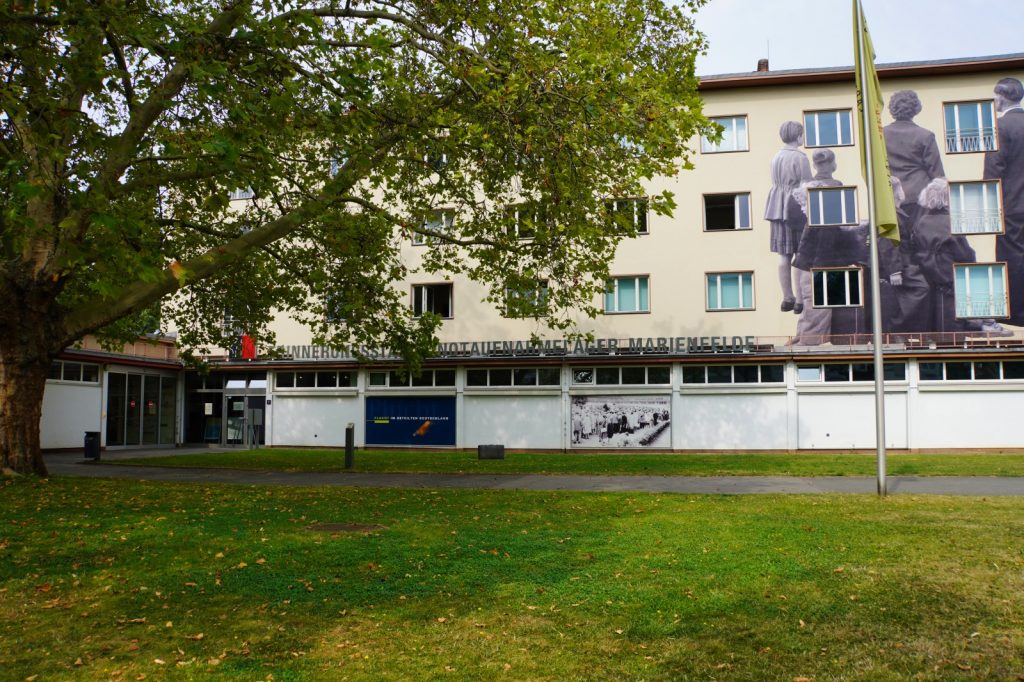
At the facility, the new arrivals were provided with all the necessities of life and went through the admission procedure for the Federal Republic of Germany.
In the summer of 1990, the location was closed because the number of immigrants was too low. The rooms did not stand empty for long. As early as December 2010, a transitional home for refugees and asylum seekers was set up, which is still in operation today.
Marienfelde refugee camp Memorial Site
In some of the rooms of the refugee camp, the central museum in Germany has been created that deals with the topic of flight and departure from the GDR. The exhibition not only deals with the history of German-German division, but also with the process of emigration from the GDR and immigration to the Federal Republic.

The memorial was created through an initiative of former refugees, employees of the refugee camp and academics. It has been part of the Berlin Wall Foundation since 2009.
Tour of the permanent exhibition at the Marienfelde refugee camp
The permanent exhibition extends over several rooms on two floors. Each room is thematically oriented towards a main focus and has been prepared for museum education with pictures, documents and audio examples. There is a lot of information to read, which also tells a lot about individual fates and thus gives a very personal impression of people’s lives.
About the German-German escape movement
In the corridor that connects the first rooms of the exhibition, there are dates and, in addition, the number of GDR refugees at that time:
August 1950 – 20121 people,
May 1952 – 9793 people,
March 1953 – 58605 people
etc.
Until 1961, the flight from the GDR to the Federal Republic was a development that the GDR and also the Federal Republic could not ignore.
The GDR lost many people whose qualified labor was missing to keep the economic engine running. The GDR government also lost its political reputation at home and abroad; if it had been a well-positioned country politically and economically, people would not have fled. The GDR did not try to find the causes of the flight movement in its own system. It preferred to blame the Western countries and spoke of poaching and the illusion of the “Golden West. Only the construction of the Wall in 1961 was able to stem the flow of refugees. Now people had to find other ways to realize their dream of life.

The Federal Republic and the Western occupying powers tried to regulate and control the influx of people. In the first years after the war, the newcomers were not so welcome. They were competitors for scarce housing, food, and jobs. In 1950, the Federal Emergency Admission Procedure came into being, which regulated the admission of resettlers and refugees until 1990. By 1951, a good two-thirds of all applications had been rejected. From the mid-1950s, this rate was only about 1%.
With the increasing permeability of the Iron Curtain from 1989 onward, the flow of refugees also began again. The GDR refugees now came via Hungary or Czechoslovakia. In 1989, within a short period of time, there were about 350000 refugees, some of whom applied for naturalization in the refugee camp in Marienfelde.
I found the section dealing with the really very different reasons for leaving the GDR very interesting. Precisely because reference is made here to individual cases, the flight suddenly seems much more real and comprehensible to me, who did not experience it.
Routes to the West
Another focus of the permanent exhibition is the presentation of the different paths that the refugees took to the West.
Until 1952, many refugees reached their destination directly via the so-called “Green Border”. In May 1952, the SED government closed this route. Military border fortifications were built along the 1,400-kilometer-long border to the Federal Republic of Germany, preventing escape by this route. However, it was still possible to cross the border within Berlin. The escape movement shifted to the city and only became almost impossible with the construction of the Wall in 1961.
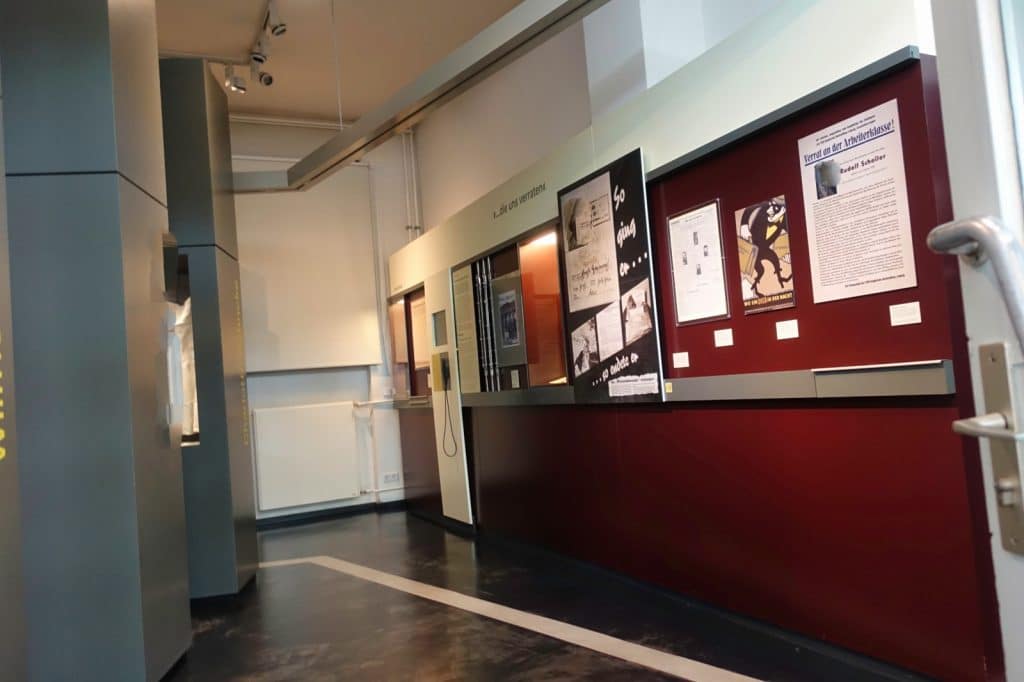
From the mid-1970s onward, more and more people applied to the relevant GDR authorities to leave the country and be released from their citizenship. It was not clear who was allowed to leave, when and why.
From 1963 to 1989, about 33,000 political prisoners came from GDR prisons to the Federal Republic. These were freely bought in secret barter deals between the two governments for foreign currency and supplies of goods. Most of them were people who had been imprisoned for attempting to escape, helping to escape, or asking to leave the country.
On the way through the admission process
I spent the longest time in the part of the exhibition dealing with the bureaucracy of the admission procedure. I found the 12 stations that each refugee had to go through before learning whether he or she was recognized to be impressive.

Recognition was important because it was the only way to receive assistance and to be entitled to housing and job placement. Those who were not recognized did not have to leave the Federal Republic, but they had to manage on their own.
A law from 1951 defined the exact admission procedure until 1990:
- Station: Medical service – determining the current state of health
- Station: Allied sighting points – questioning to obtain information, unmasking agents
- Station: Examination of competence – Aussiedler or asylum seekers?
- Station: Welfare service – provision of clothing, food stamps…
- Station: Police registration
- Station: Preliminary examination A – issuance of work permit, information on political conditions and reasons for flight
- Station: Preliminary examination B – examination by constitutional protection, federal intelligence service, among others,
- Station: Appointment office of the admission procedure – Appointment for appearance before the admission committee
- Station: Screening board – health condition
- Station: Federal emergency admission committee – hearing
- Station: country assignment – assignment to which federal country to move to
- Station: Transport office – appointment for departure

About life in the refugee camp
I also found the topic dealing with life in the camp particularly interesting.
When it opened in 1953, accommodation for 1200 people had been created in 15 buildings. This was followed by 11 more buildings, so that the capacity increased to 2800 people. The construction was based on the standards of social housing, creating small housing units with kitchen and bathroom, common areas and green spaces.

The residents stayed for about 1-2 weeks until they had gone through all 12 steps of the admission procedure. During this time, the state of Berlin covered the costs of room and board. At the end of the exhibition you can see a reconstructed apartment with original furniture from the 1950s.

I found the visit to the Marienfelde Refugee Center very interesting. So far, I had not dealt with the topic “what happens after the escape” and the more I was interested in the process.
Adress:
Marienfelder Allee 66/80
12277 Berlin
Directions
S-Bahn 2, S-Bhf. Marienfelde,
Bus M77, Marienfelde memorial stop
Opening hours
Tuesday-Sunday: 10-18 h
Admission fees:
Admission is free.
Disclosure: Permission to photograph in the exhibition was granted with by the Berlin Wall Foundation.








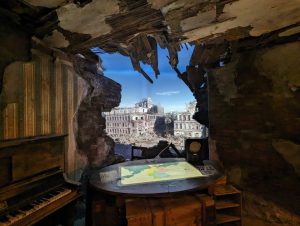






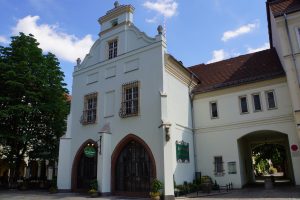

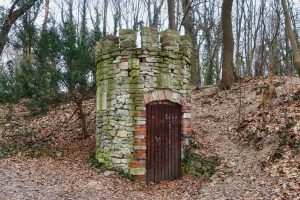
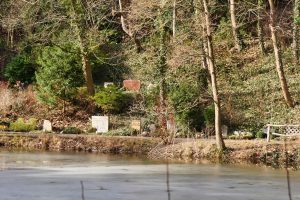
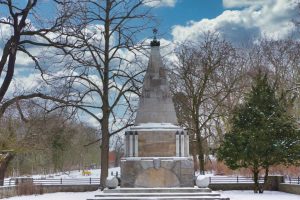





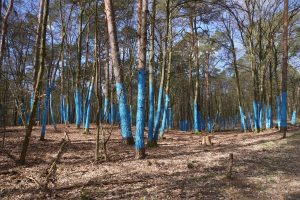




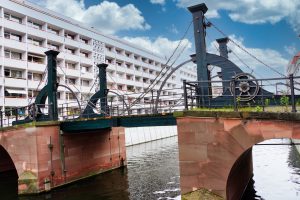
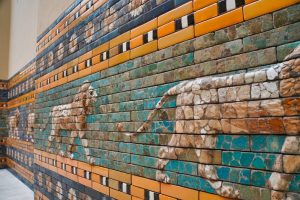



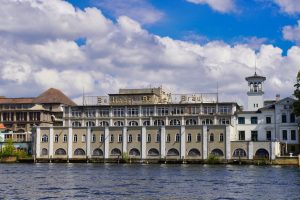









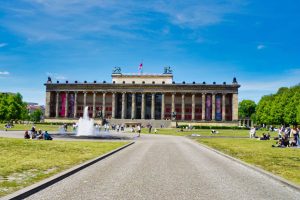





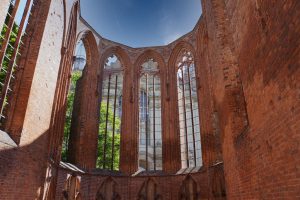
























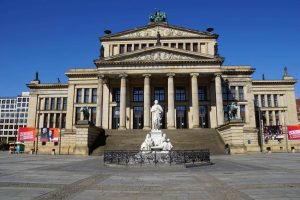







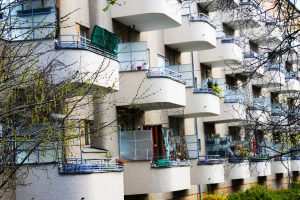










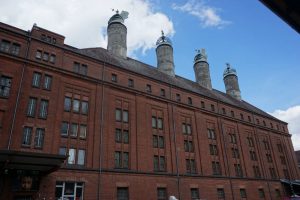





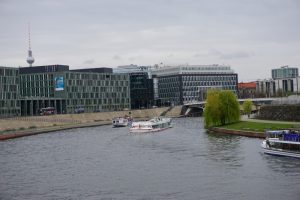
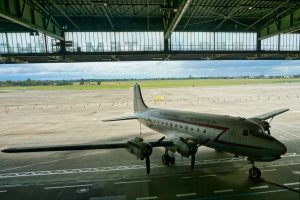








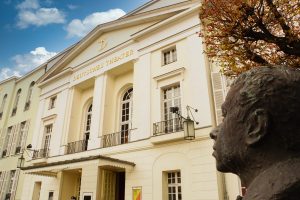


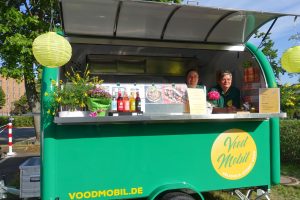















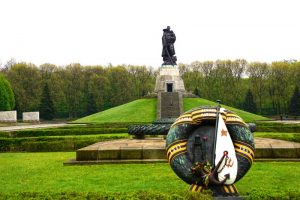














Leave a Reply